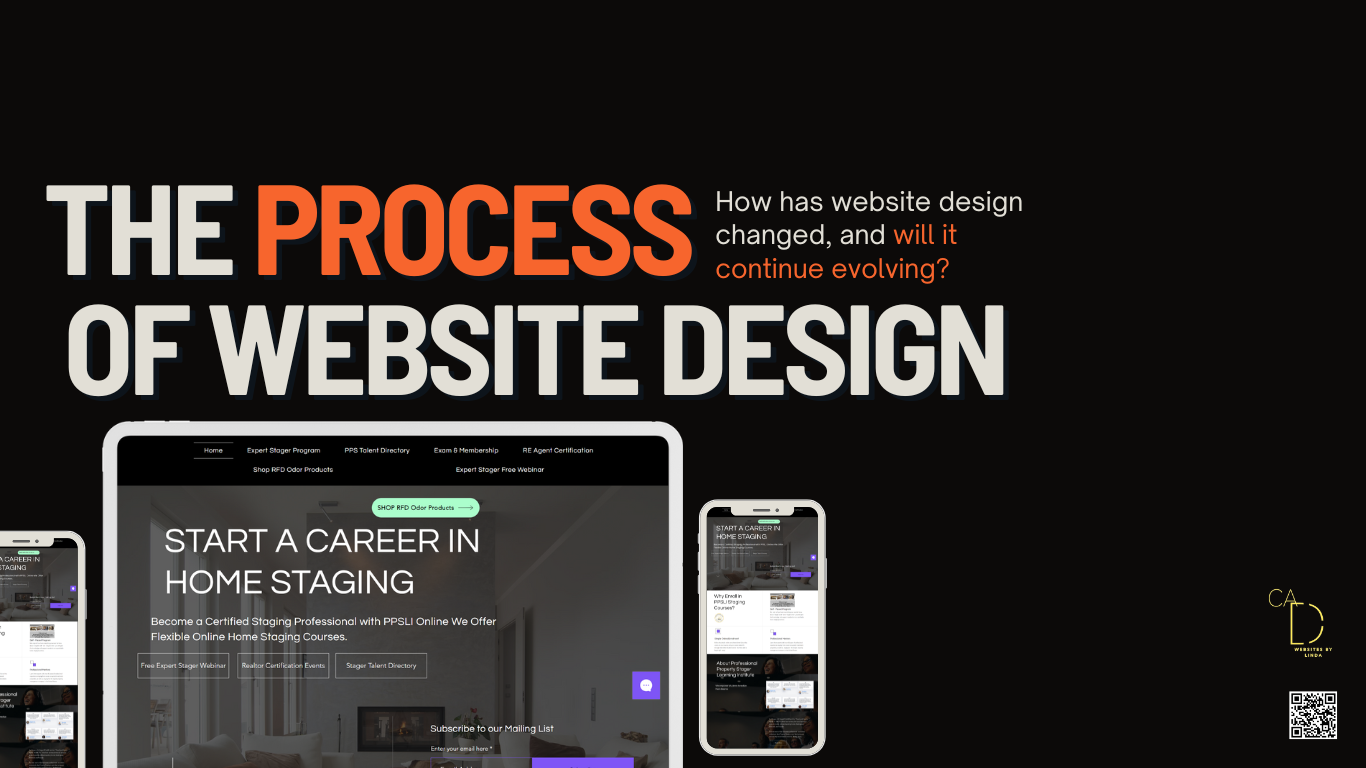

Adaptive and Responsive Images: Implementing adaptive and responsive images that scale and adjust to different screen sizes and resolutions, optimizing for both aesthetics and performance.
SVG Animation and Interaction: Leveraging SVG (Scalable Vector Graphics) for animations and interactions, providing lightweight, scalable, and resolution-independent graphics.
Scalability in Web Architecture: Planning for scalability in web architecture, ensuring the design can accommodate growth in content, traffic, and functionality over time.
Web Design for Accessibility Compliance: Ensuring web design complies with legal accessibility standards, such as ADA and Section 508, to avoid litigation and promote inclusivity.
Personalized Learning Experiences in Web Design: Crafting personalized learning experiences through web design, adapting content and pacing to individual learning styles and needs.
SVGs and Vector Graphics in Design: Utilizing SVGs and vector graphics for crisp, scalable images that enhance visual appeal without compromising loading times.
Optimizing for Conversions: Feature a segment with call-to-action buttons, high-quality product images, and clear pricing information, showcasing an e-commerce environment.
Animations and Interactive Elements: Enhance user engagement but need to be balanced with usability to avoid distractions.
Mobile-First Design Approach: Prioritizing mobile user experience in design decisions, acknowledging the growing prevalence of mobile internet usage.
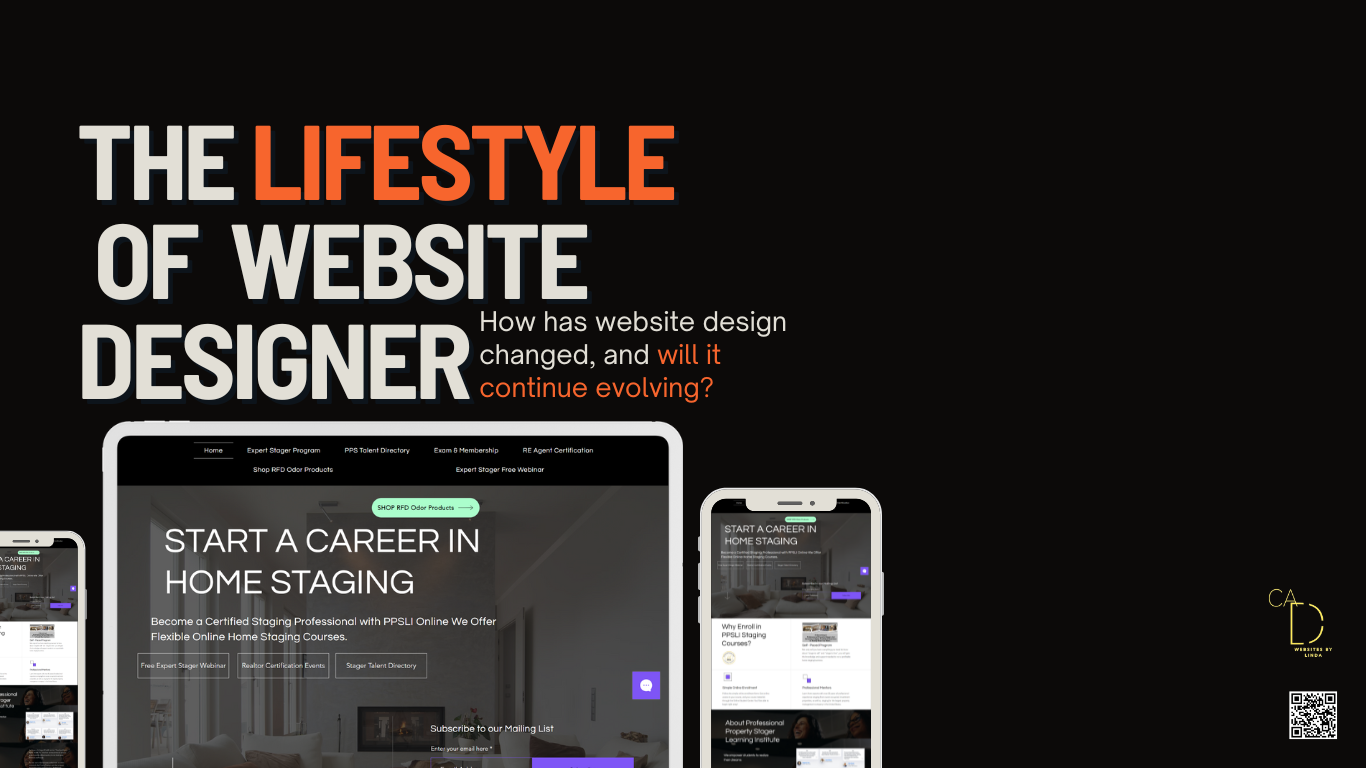
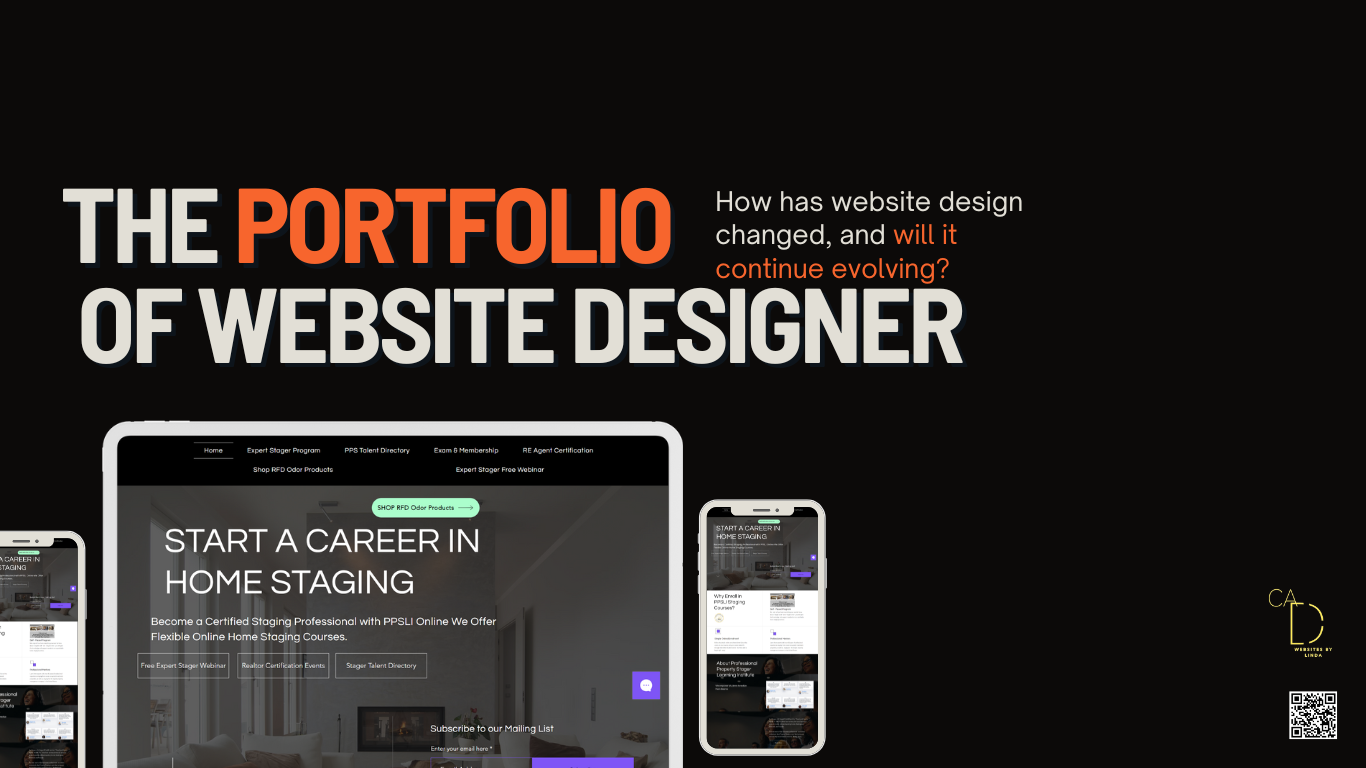
Psychology in Web Design: Applying principles of psychology to design, understanding how color, layout, and typography affect user emotions and actions.
Motion Graphics in Web Design: Incorporating motion graphics to provide dynamic storytelling and information presentation, adding depth to the user experience.
Cultural Sensitivity in Design: Ensuring cultural sensitivity in web design, acknowledging and respecting the diverse cultural backgrounds of the target audience.
Design for Continuous Learning and Adaptation: Creating designs that facilitate continuous learning and adaptation, both for users and the system itself, to stay relevant and effective.
Variable Fonts in Responsive Design: Using variable fonts in responsive design to provide greater control over typography, adjusting weight, width, and other properties dynamically.
Interactive Storytelling: Engages users with narratives combining visuals, text, and interactivity for an immersive experience.
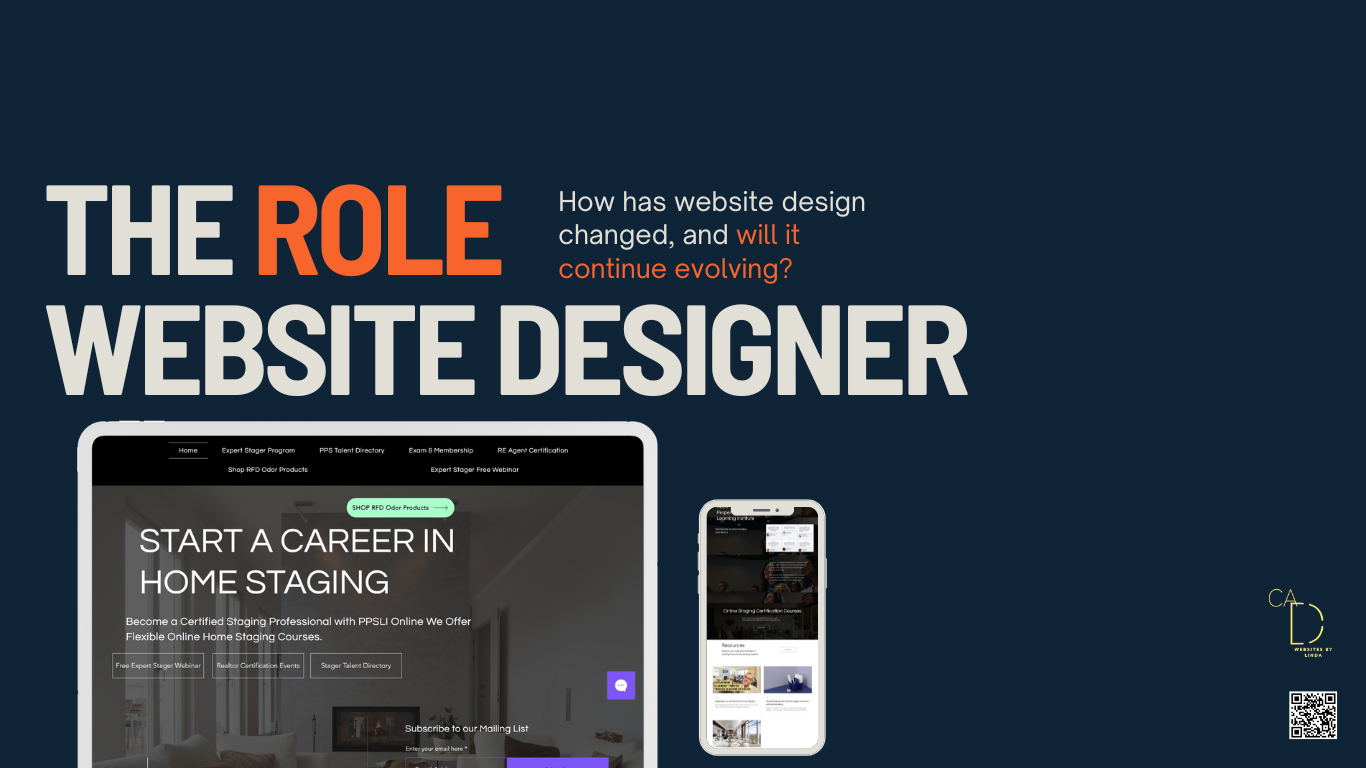

Emerging Technologies in Web Design: Challenges designers to integrate new technologies like AI, AR/VR, and blockchain, evaluating their value addition to user experience.
Mental Models in User Experience Design: Understanding and designing for the mental models of users, ensuring that the web interface aligns with user expectations and cognitive processes.
Voice Navigation and Control: Implementing voice navigation and control features, enhancing accessibility and offering an alternative mode of interaction.
Video Content: Enhances user engagement but requires optimization for performance.
Dark UI in Web Design: Exploring the use of dark UI in web design, which can reduce eye strain, save battery life, and offer a modern aesthetic.
At the heart of this scene, the principles of UI/UX design and the importance of continuous testing and feedback will be symbolized through engaging and interactive elements. The future of web design, with trends towards personalization, advanced interactivity, and AI integration, will be artistically depicted, reflecting the ever-evolving user expectations.
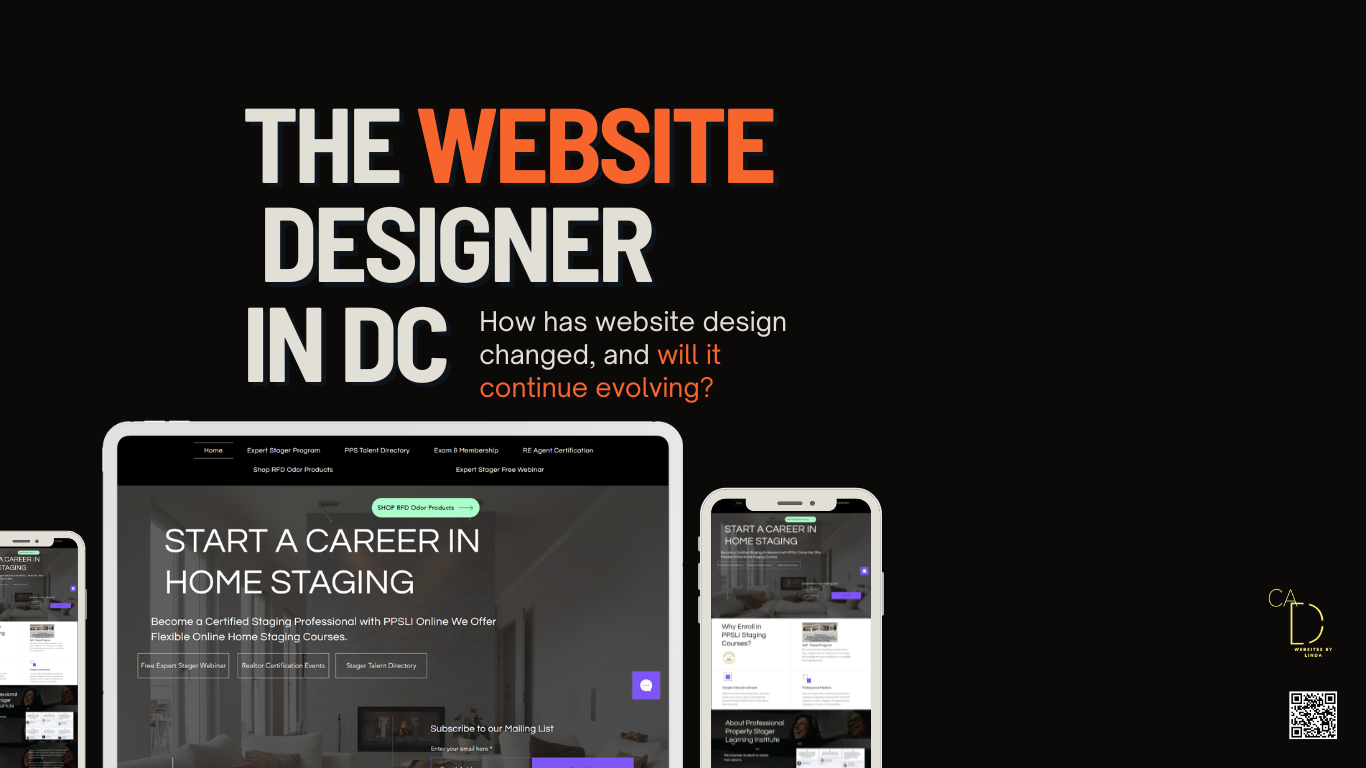
Hourly Rate Reasonably skilled freelance web designers make about $75 per hour. This figure can vary, though, according to CSS-Tricks. Website Builder Expert estimates that the cost to design a website is $30 to $80 per hour, while the cost to actually develop the website is $100 to $180 per hour.
A web designer creates the layout and design of a website. In simple terms, a website designer makes a site look good. They use design programmes to create visual elements and usually have expertise in user interface (UI), which means they strategically design a site that's intuitive and easy for visitors to navigate.
Google Web Designer is a free software tool available for download on both Windows and Mac computers. It does not have any subscription plans or pricing tiers, and users can access all of its features and functionality at no cost.